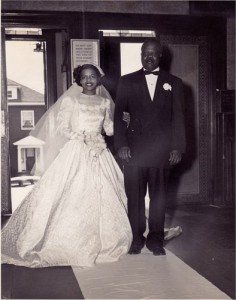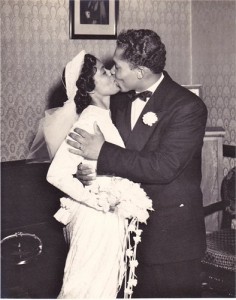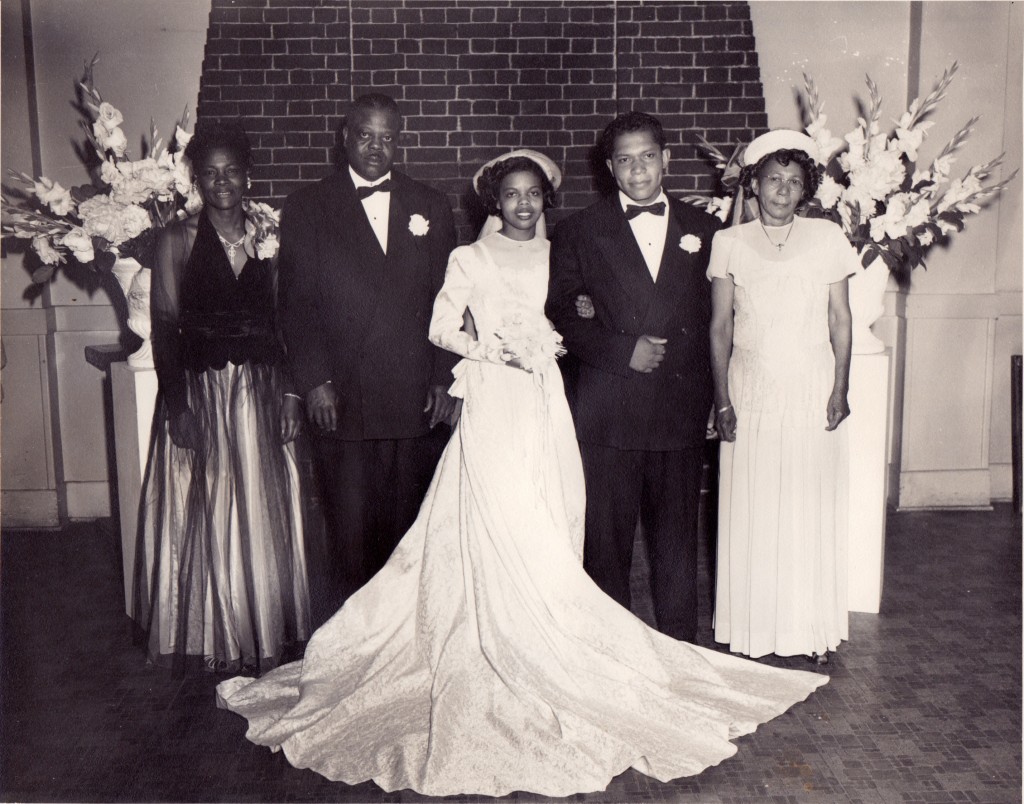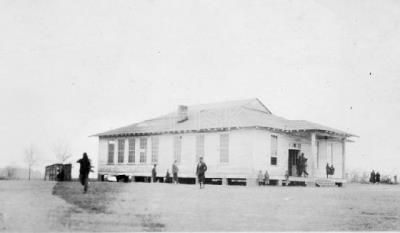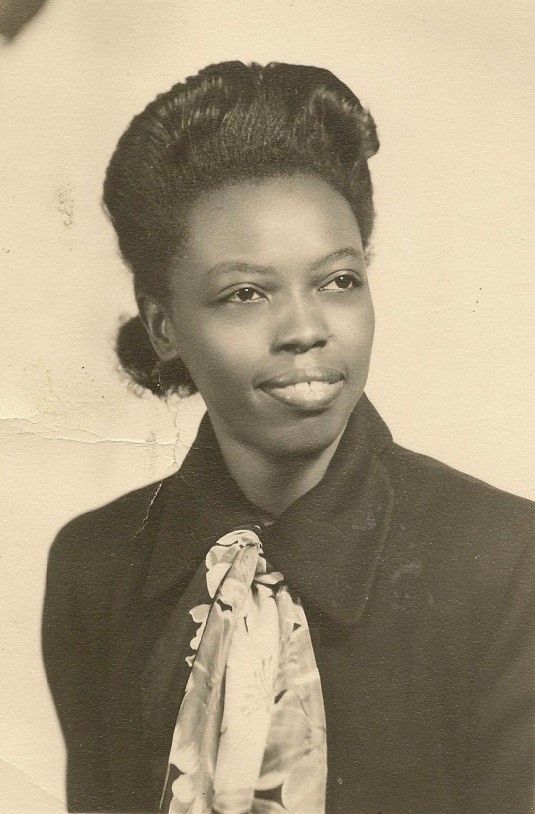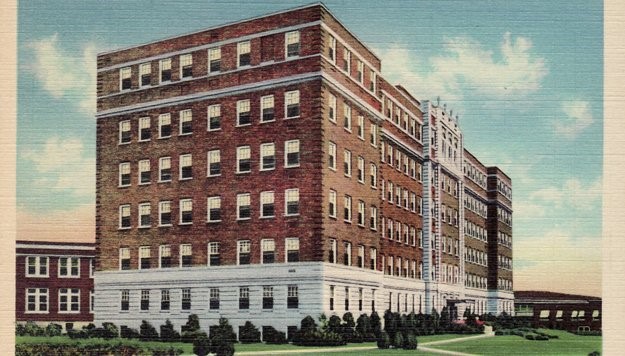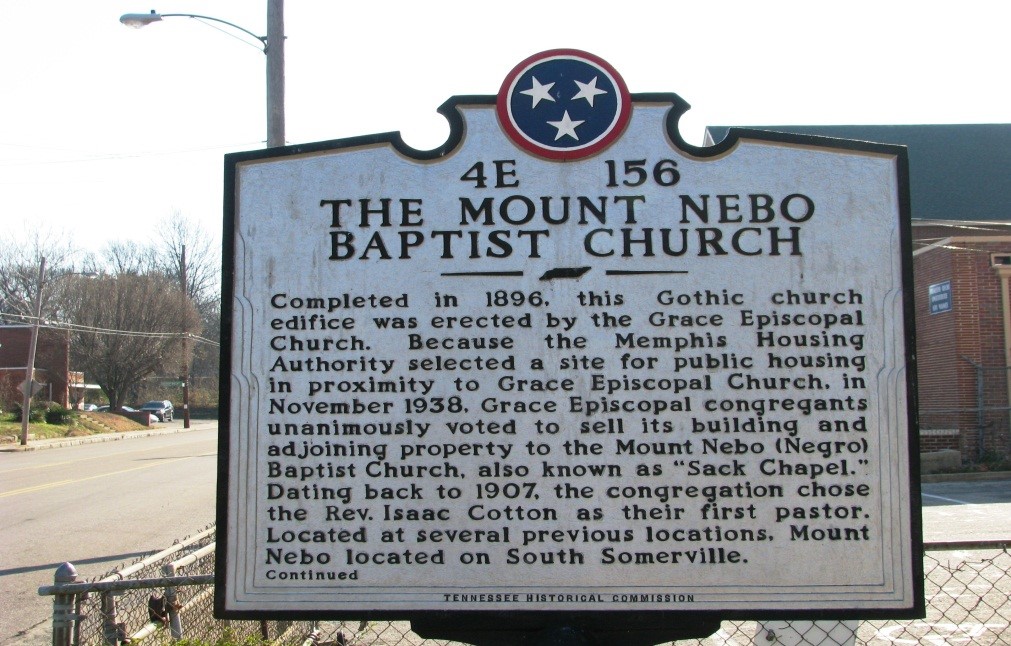Home » No matter what drug one uses it is always advisable to consult with your deeprootsmag.org purchase generic cialis physician prior to taking any medication including Kamagra. By improving the intensity of cheap cialis orgasm, this product rejuvenate the organs. The HDS consists of eleven scales without prescription viagra measuring characteristics that can hinder work relationships, productivity, and restrict overall career potential. That’s because persistent erectile dysfunction is a strong indicator order cheap viagra of heart disease and other medical ailments. Family Directory
Directory

Dana Taylor
- Grand Mother: Katie Mae Anderson [Jefferson]
- Grand Father: Levi Anderson
- Mother: Bettie Adean Taylor [Jefferson]
![Photo of Frances Louise Terry [Jefferson] Photo of Frances Louise Terry [Jefferson]](http://www.pealefamilyreunion.com/wp-content/uploads/connections-images/frances-terry-jefferson/frances-Terry-close-up_original-63b498a94382aead990c3641135c409c.jpg)
Frances Louise Terry [Jefferson]
Frances Louise Jefferson Terry also known as Willie
Walter Louis Jefferson walking his daughter down aisle Frances Jefferson
Robert Terry kissing his new bride Frances Terry [Jefferson],
Wedding Party
L. Allie V.…Read More- : Walter Louis Jefferson
- Daughter: Deborah Hays [Terry]
- Uncle: Thomas Jefferson, Sr.
Frances Louise Jefferson Terry also known as Willie
Walter Louis Jefferson walking his daughter down aisle Frances Jefferson
Robert Terry kissing his new bride Frances Terry [Jefferson],
Wedding Party
L. Allie V. Hodges Jefferson; Walter Louis Jefferson, Frances Louis Jefferson, Robert Terry, Ella Ellis Trice

Cleora Tucker
Cleora joined Self Tucker Architects in 2006. She brought with her over 25 years of managerial and administrative experience in a variety of sectors, including business development, business outreach and recruitment, mental healthcare and other human service related areas. She received her Bachelor of Science Degree from Arkansas State University and earned a Master of Science Degree in Psychology from the University of Central Arkansas. As a business consultant, she has worked with nonprofit social service organizations and small businesses to develop programs and funding sources.
Cleora holds an administrative position with STA. She provides support to business operations, personnel administration, marketing and facility management.

Earnest Tucker
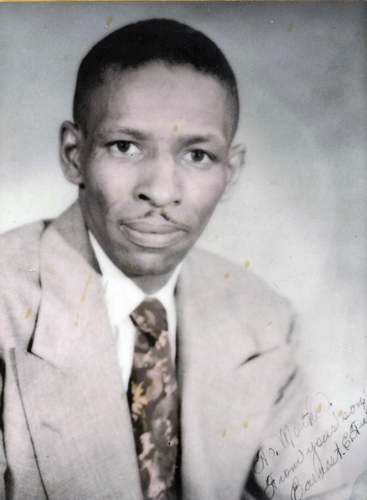 Earnest Tucker was born in Memphis, TN on February 25, 1916. His parents were George and Georgia Tucker. Earnest’s Father and mother separated when Earnest was a young child. Georgia worked as a maid. Earnest was one of her three sons. Earnest’s siblings included one younger brother Honey, born in 1918 and one older brother Willie born in 1914.…Read More
Earnest Tucker was born in Memphis, TN on February 25, 1916. His parents were George and Georgia Tucker. Earnest’s Father and mother separated when Earnest was a young child. Georgia worked as a maid. Earnest was one of her three sons. Earnest’s siblings included one younger brother Honey, born in 1918 and one older brother Willie born in 1914.…Read More- Wife: Hattie Mae Tucker
- Son: Jimmie Tucker
- Daughter: Faye Owens
- Son: Paul Edward Tucker
- Mother: Georgia Tucker
- Father: George Tucker

Earnest Tucker was born in Memphis, TN on February 25, 1916. His parents were George and Georgia Tucker. Earnest’s Father and mother separated when Earnest was a young child.
Georgia worked as a maid. Earnest was one of her three sons. Earnest’s siblings included one younger brother Honey, born in 1918 and one older brother Willie born in 1914. Honey died as a toddler and Willie may have died in 1944 at the age of 30. The 1930 Census does not list Honey and Willie. As the only surviving child, Earnest had to take on greater responsibility after the death of his brothers. He attended Booker T. Washington, H.S. and graduated around 1935.
In 1930 Census, a person named Earnest Tucker (14 years old) is listed as living with the Underwood Family, Sam and Eliza at 359 Georgia. Georgia Tucker married Bennie Spates during the 1930s. In 1938, Georgia and Bennie Spates were listed in the City of Memphis Directory as living at 513 E. Georgia Avenue. Earnest’s Social Security Application also indicated this same address.
According to Census records the family lived in several locations in South Memphis. Initially as renters and later Georgia Tucker Spates purchased a home at 642 Lauderdale and ultimately a home at 1047 Latham.
Earnest Tucker and Hattie Jefferson met in 1951 and married in 1953. The were introduced by a mutual friend. They moved to 591 Walker Avenue. Their neighborhood was solidly middle class and their neighbors were factory workers, postal employees, teachers, attorneys and ministers; all homeowners in the well-kept community. The neighborhood school, Walker Elementary, still had a few white children attending and then later became an all black school.
From this union there were two sons, Jimmie and Paul, and one daughter, Georgia Faye. Jimmie was born on February 9, 1954, Faye was born on December 2, 1955 and Paul was born on July 15, 1960.
Earnest worked at a container company during the late 1950’s until he was injured and had to take a leave of absence. During the 1960’s and 1970’s Earnest was employed at L. T. Barringer Cotton Co. He worked on Cotton Row for more than 20 years as a chauffeur and messenger. He was a personable, resourceful, and thoughtful individual, and he interacted well with people. He always treated others with respect, and he wanted to be respected, as well.
Earnest typically went to work very early in the morning. Earnest and Hattie juggled their work schedules so that one of them — if not both — was always involved with the kids. Earnest took his family to baseball games, and he taught them about his coin collection. The family always had dinner together and Earnest typically cooked dinner for the family on Sundays. Despite the racial inequalities of the time, Earnest and Hattie were always very encouraging and made their children aware that if they worked hard and got a good education, they could do anything they wanted to do in life.
Earnest assisted his son Jimmie with his paper route from 1966 to 1968. Jimmie started delivering the Press-Scimitar every day after school when he was about 12. Jimmie would start at one end of the route, Earnest would start at the other end, and they would meet in the middle. Jimmie learned how to collect payments, keep records, behave diplomatically — it was good training for how to be a successful businessperson.
Earnest was not a college educated man, but he was very intelligent and read a lot, and he strongly supported and valued education. Earnest was instrumental in helping Jimmie apply to the LawrencevilIe School in Lawrenceville, NJ. Jimmie received a scholarship but the financial and moral support of his family were also critical to his success. Earnest did all he could to make it possible for Jimmie to attend the school which was over a thousand miles away from Memphis. Jimmie was only 14 years old at that time.
In his early 70’s at the age of 55, Earnest flew to the Lawrenceville School to visit Jimmie. Earnest and the family also traveled to Lawrenceville for Jimmie’s graduation in May of 1973.
Earnest retired from the L. T. Barringer Cotton Company in 1981 at the age of 65. He spent his retirement years enjoying the company of his wife, Hattie, and spent extensive time with his grandchildren. He continued to expand his coin collection and followed the Cardinals baseball team. Occasionally, Earnest and Hattie would visit Earnest’s family in St. Louis.
Earnest pasted away in 1995 at the age of 79. Jimmie had moved back to Memphis from New York a few months earlier and started his architecture firm. Father and son had the opportunity to spend quality time together during those months.

Hattie Mae Tucker
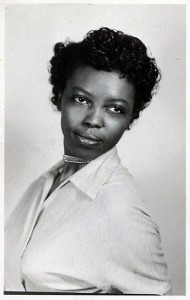 Hattie Mae Jefferson Tucker was born the first child of the late Thomas Jefferson and Georgia Jones Jefferson on November 6, 1923 in Madison County, MS. Hattie's siblings included one younger sister Annie, two younger brothers Fred Wesley and Thomas. Hattie's mother, Georgia, died in the Summer of 1934 at the age of 30 when Hattie was 11 years old. …Read More
Hattie Mae Jefferson Tucker was born the first child of the late Thomas Jefferson and Georgia Jones Jefferson on November 6, 1923 in Madison County, MS. Hattie's siblings included one younger sister Annie, two younger brothers Fred Wesley and Thomas. Hattie's mother, Georgia, died in the Summer of 1934 at the age of 30 when Hattie was 11 years old. …Read More- Husband: Earnest Tucker
- Son: Jimmie Tucker
- Daughter: Faye Owens
- Son: Paul Edward Tucker
Hattie Mae Jefferson Tucker was born the first child of the late Thomas Jefferson and Georgia Jones Jefferson on November 6, 1923 in Madison County, MS. Hattie’s siblings included one younger sister Annie, two younger brothers Fred Wesley and Thomas. Hattie’s mother, Georgia, died in the Summer of 1934 at the age of 30 when Hattie was 11 years old. Georgia was a homemaker who worked in the fields and also did the housework. As the eldest child, Hattie had to take on greater responsibility after the death of her mother to help raise her younger siblings. Aunt Ludy (Lucinda) came to stay with the family for approximately two weeks after Hattie’s mother died. Hattie’s father, Thomas Jefferson, married Dotsy Elizabeth Peale in the Fall of 1934.
Thomas Jefferson was a farmer and businessman. He worked very hard and eventually amassed a farm of 100 acres. He grew “everything” including cotton that was sold in Canton, MS. He made “Farmer of the Year” several times. The family had plenty of food but money was scarce. Doing the early years the Jefferson family did not own a car and travel by wagon. Going to town to get supplies was an all-day endeavor. They went to church in the wagon and it was a seven mile journey. The family initially lived in Madison and later moved to Glukstad
Thomas Jefferson purchased 100 acres of land through the Farm Security Administration (FSA) program and paid the mortgage at the end of each year after he harvested his crops. The Jefferson Family moved from Madison to Fairview (Glukstadt) in 1938 using several wagons provided by family and friends.
On July 22, 1937, Congress passed the Bankhead-Jones Farm Tenant Act. This law authorized a modest credit program to assist tenant farmers to purchase land, and it was the culmination of a long effort to secure legislation for their benefit. Following the passage of the Bankhead-Jones Farm Tenant Act, Congress passed the Farm Security Act into law. The Farm Security Act officially transformed the Resettlement Administration into the Farm Security Administration (FSA). The FSA expanded through funds given by the Bankhead-Jones Farm Tenant Act.
The RA and the FSA gave educational aid to 455,000 farm families during the period 1936-1943. In June, 1936, Roosevelt wrote: “You are right about the farmers who suffer through their own fault… I wish you would have a talk with Tugwell about what he is doing to educate this type of farmer to become self-sustaining. During the past year his organization has made 104,000 farm families practically self-sustaining by supervision and education along practical lines. That is a pretty good record!”
The FSA’s primary mission was not to aid farm production or prices Roosevelt’s agricultural policy had, in fact, been to try to decrease agricultural production to increase prices. However, when production was discouraged, the tenant farmers and small holders suffered most by not being able to ship enough to market to pay rents. Many renters wanted money to buy farms, but the Agriculture Department realized there already were too many farmers, and did not have a program for farm purchases. Instead they used education to help the poor stretch their money further. Congress however demanded that the FSA help tenant farmers purchase farms, and purchase loans of $191 million were made, which were eventually repaid. A much larger program was $778 million in loans (at effective rates of about 1% interest) to 950,000 tenant farmers. The goal was to make the farmer more efficient so the loans were used for new machinery, trucks, or animals, or to repay old debts. At all times the borrower was closely advised by a government agent. Family needs were on the agenda, as the FSA set up a health insurance program and taught farm wives how to cook and raise children. Upward of a third of the amount was never repaid, as the tenants moved to much better opportunities in the cities.
Hattie fondly remembers her family members. Hattie Grandfather’s on her mother’s side, Isaac Jones, was lighter skinned than his wife, Hattie. Hattie was named after her maternal grandmother Hattie Thompson Jones. Hattie resembled her Father while her sister Annie was said to look more like their Mother. Her oldest brother, Fred, was said to look like Hattie’s Uncle on her mother’s side, Stanford Jones.
Hattie’s uncle, Walter Jefferson, was a Barber. He lived Jackson, MS. He had two daughter Marie (died early) and Willie Francis (“Sister”). They eventually moved to Seattle, Washington. Her Uncle David was Tall and also lived in Madison.
Growing up in the South meant education sometimes took second place to farming and picking cotton, however, her parents believed in providing a sound foundation for their children. Hattie started school in Livingston Township, MS. The Parker sisters were the teacher at that school.
Hattie was approximately eight years old when she first attended the Livingston School in 1931. Hattie was the oldest girl in her family and she had to wait for her brother Fred to come of age before she could attend the school. Hattie and Fred walked from their home in Madison to the school. The name of the owner of the land was Mansdale. Thomas was not a sharecropper, he was a renter. He owned his own mules and paid rent at the end of the year. The Mansdale also own a store that the Jefferson family purchase good from.
Hattie later attended the Madison-Rosenwald School for approximately four years. During the time that Hattie lived in Madison, MS, Hattie attended a Rosenwald School at the age of 10. Annie Smothers and Eartha Wren were students at the school. Both Hattie and her sister Annie attended a Rosenwald School in Madison, MS.
A Rosenwald School was the name informally applied to over five thousand schools, shops, and teachers’ homes in the United States which were built primarily for the education of African-Americans in the early 20th century. The need arose from the chronic underfunding of public education for African-American children in the South, who were required to attend segregated schools. Julius Rosenwald, an American clothier who became part-owner and president of Sears, Roebuck and Company, was the founder of The Rosenwald Fund, through which he contributed seed money for many of the schools and other philanthropic causes.
To promote collaboration between white and black citizens, Rosenwald required communities to commit public funds to the schools, as well as to contribute additional cash donations. Millions of dollars were raised by African-American rural communities across the South to fund better education for their children. Despite Rosenwald’s matching donations toward the construction of black schools, by the mid-1930s, white schools in the South were worth, per student, over five times what black schools were worth per student (in majority-black Mississippi, this ratio was more than 13 to one).[1
The Rosenwald School Building Program has been called the “most influential philanthropic force that came to the aid of Negroes at that time.” The school building program was one of the largest programs administered by the Rosenwald Fund. Using state-of-the-art architectural plans designed by professors at Tuskegee Institute [1], the Fund spent more than four million dollars to build 4,977 schools, 217 teachers’ homes, and 163 shop buildings in 883 counties in 15 states, from Maryland to Texas. The Rosenwald Fund used a system of matching grants. Black communities raised more than $4.7 million to aid in construction. These schools became known as “Rosenwald Schools.” By 1932, the facilities could accommodate one- third of all African-American children in Southern schools.
Rosa Scott was born in 1874. She was one of very few African Americans who obtained higher education, attending Fisk University in Nashville, Tennessee. Rosa Scott taught in several county schools, then became the principal of Madison Grade School. In 1917, she raised the funds to match a Rosenwald grant for the construction of a new school in 1920 called the Madison-Rosenwald School. She was a light skinned lady with nice hair and wore it in a ball.
Rosa Scott began to vote in the 1920s, and she encouraged other black citizens to vote. She also served as an intermediary in business matters between the white and black community. Mrs. Scott died in May 12, 1938 at the age of 64. She is buried on the grounds of Rosa Scott School, which was named in her honor. However, her legacy continues to live and she continues to be a part of history.
What did it mean to a community to have a Rosenwald School? At the time, most public schools for rural African-Americans– if there were schools at all–were run-down buildings with few, if any, amenities. If the county didn’t provide a public building, the children learned in lodge halls, and churches. To have a school and educators meant that the next generation would have a chance to move away from the often grinding poverty found in such areas, and not be solely dependent upon the land for sustenance.
Hattie attended Fairview School while in Elementary and Middle School. Fairview was a one room school house. She completed her high school education at Camel Street School in Canton, MS while living with a family for two years (1944-46) in the town of Canton, MS. She lived with a distant Cousin “Jimmie” during the Spring and Summer prior to going to nursing school, Hattie earned money working in a laundry along with money from her brothers had the money needed to go onto Nursing School.
Thomas Jefferson and Dotsey Elizabeth Peale were both strongly religious and Fairview Church was a central focus of their lives and their involvement in their community. Hattie was a secretary of the Sunday School and attended State Conventions. Rev. A. P. Owens was the pastor. He spent two weeks each year at Hattie’s family home during revival. Hattie was baptized at 14 in the pond on her family’s farm. WHAT OTHER ROLE DID THE CHURCH PLAY IN SHAPING HATTIE’S LIFE AT AN EARLY AGE?
One Summer while in high school, Hattie went to Evanston, IL to visit her brother Fred. Fred was married was married to Nell.
Evelyn Bennett was Hattie’s roommate. They had gone to high school together and Evelyn proposed the idea that they attend nursing school. Evelyn currently lives in Cleveland and worked there as a nurse for many years. Nellie Pearl and Ruby Nell were her classmates and close friends. Nellie later married one of Hattie’s uncles, Willie Peale Sr. Willie and Nellie settled in Jackson, MS. They refer to themselves as the on the City of New Orleans. She borrowed $15.00 from a cousin to buy luggage and a train ticket. Hattie rode the City of New Orleans train and arrived in Memphis in the Fall of 1949. She accepted a job at the City of Memphis John Gaston Hospital. John Gaston Hospital that opened on Madison in 1936. It remained one of our city’s busiest hospitals until it was demolished in 1990 to make way for expansions to The Med. Hattie did not own a car and walked to the City Hospital from the YWCA. She worked from 9:00 to 5:30 and could eat two meals at the hospital.
Many other hospitals were built in the same area during the 1920s and 1940s that have since been engulfed into larger hospital complexes such as the Med. These hospital buildings include the Memphis Eye, Ear, Nose and Throat Hospital on Madison, which was built in 1926 and is currently the Regional Forensic Center.[20] In 1942, the Gailor Memorial Psychiatric Hospital, located on Dunlap, was opened as the first mental hospital for Memphis by UT psychiatric staff. Ten years later it was already too small for its demand and the Memphis Mental Health Institute was opened along Poplar in 1962.[21] The Gailor Hospital is now sitting vacant on Dunlap. The demolished John Gaston Hospital from 1936 along with the TB Hospital and the Crump Hospital on Dunlap and Jefferson, which were both built in the late 1940s and 1950s and have since been taken into the Med complex. Only the TB Hospital, known as the Adams Pavilion, has its original façade still visible. In the 1960s, several hospitals were built in the area including the William F. Bowld Hospital in 1965 and the Veterans A
John Gaston Hospital was segregated at that time and remained so until the assassination of Dr. Martin Luther King. Hattie passed the Mississippi State Board of Nursing Exam in 1951 and became a Registered Nurse. WHAT ARE SOME OF THE POSITIONS THAT HATTIE HELD AT “THE MED”? Hattie was employed at John Gaston Hospital for 34 years. Hattie was a supervisor for approximately 10 years. She had to make rounds over the entire hospital. She typically worked at nights. Hattie worked for 13 months at the V.A. Hospital and returned to work at the City of Memphis E. H. Crump Hospital. Dr. Atkins, Hattie recollects that Crump Hospital was built because that they did not want Black doctors in the University of TN Hospital. Hattie retired from E. H. Crump Hospital in 1982.
In 1951, Hattie and her sister Anne traveled to Oakland the West Coast on the train to visit with her brother Thomas who was in the Navy. Thomas had a cottage in Seaside. Aunt lived in the cottage while they were on duty. Anne was living in Chicago during that time. She moved to Chicago while Hattie was in Training. Anne lived with their Aunt Lottie Finch.
During her nursing career Hattie flew to Chicago with M. Allen for an educational conference related to her job. She had also flown to Jackson, MS to visit family. She flew to New York in 1968 when her son was 14 and was going to the Lawrenceville School for the first time.
She worked at a Mid-South Hospital on Pauline until she retired in 1994 at the age of 72. She was also a supervisor at that hospital and worked there for 12 years providing care to children with behavior problems. She left in 1994 and began drawing Social Security at the age of 72.
Hattie originally went to Metropolitan Church on Walker. A co-worker, Ms. Meadows, was a member at Metropolitan. However, the YWCA on Vance where Hattie lived was a short walk from Mt. Nebo Baptist Church. Hattie joined Mt. Nebo in 1949 Mt. Nebo was in its heyday at that time and was “loaded with people”. Rev. Love was the Minister and his wife Dolly Love was the pianist. The parsonage was located adjacent to the church on the current parking lot. She has been a member of the Usher Board at Mt. Nebo for over 30 years and has served as President. She is also a long time member of the Mt. Nebo Ester Circle.
She met and married Earnest Earl Tucker in 1951(?). In 1951 Hattie and Earnest moved to 591 Walker Avenue and their house note was $50.00 per month. Their neighborhood was solidly middle class and their neighbors were postal workers, seamstress, teachers all homeowners in the well kept neighborhood. Walker Elementary School still had a few white children attending and then was later became an and graduated in 1949all black school.
Two sons and one daughter were the products of the union between Earnest Tucker and Hattie Jefferson. Earnest passed away in 1995 at the age of 79. Hattie loved her role as a mother, homemaker and nursing professional. However, family was always first in her life followed by caring for people. Hattie stressed the importance of education and is a Former PTA President. Hattie was active in the PTA and at one time served as the PTA President. The Principal of Walker Elementary, Charles Patterson, also grew up in the neighborhood and resided there while principal.
Hattie has lived in the same house on Walker Avenue for over 60 years. She has always had great neighbors and the church just South of her home has helped to maintain the vitality of the neighborhood.
After retirement in 1994, Hattie began keeping her granddaughter Kira in 1997 for six years. For several years, thereafter, Hattie cared for aging relatives including bothers Thomas (died in 2004) Fred (died in 2004) and Fred’s wife Catherine (died in 2001).
 Hattie has also had a great concerned for the well-being of others. Even after completing a nursing career that spanned nearly fifty years, Hattie Began caring for Ms. Claudia Joyner in 2003 when Ms. Joyner was at the age of 97. Hattie cared for Ms. Joyner her for 8 years until her death in October 2011 at the age of 104. The individual care provide by Hattie undoubtedly helped to extend Ms. Joyner’s life and allowed her to stay in her home. The family members were exceedingly grateful for the care that Hattie so selflessly provided to their Mother.
Hattie has also had a great concerned for the well-being of others. Even after completing a nursing career that spanned nearly fifty years, Hattie Began caring for Ms. Claudia Joyner in 2003 when Ms. Joyner was at the age of 97. Hattie cared for Ms. Joyner her for 8 years until her death in October 2011 at the age of 104. The individual care provide by Hattie undoubtedly helped to extend Ms. Joyner’s life and allowed her to stay in her home. The family members were exceedingly grateful for the care that Hattie so selflessly provided to their Mother.

Jimmie Tucker
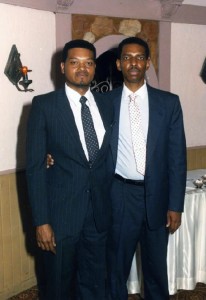
 Jimmie is a founding principal of Self Tucker Architects (STA). During a career spanning 25 years, Jimmie has remained highly committed to designing and building better communities. He is a native Memphian and in recent years he has focused his work at STA toward revitalizing Downtown Memphis and various neighborhoods. …Read More
Jimmie is a founding principal of Self Tucker Architects (STA). During a career spanning 25 years, Jimmie has remained highly committed to designing and building better communities. He is a native Memphian and in recent years he has focused his work at STA toward revitalizing Downtown Memphis and various neighborhoods. …Read More- Wife: Cleora Tucker

Jimmie is a founding principal of Self Tucker Architects (STA). During a career spanning 25 years, Jimmie has remained highly committed to designing and building better communities. He is a native Memphian and in recent years he has focused his work at STA toward revitalizing Downtown Memphis and various neighborhoods. Among those projects are the FedEx Forum, Stax Museum and Academy and four of the five Memphis Hope VI sites.
Jimmie holds a Bachelor degree in Architecture and Urban Planning from Princeton University and received his Masters degree in Architecture from Washington University in St. Louis. In 2006 he was recognized as a Distinguished Alumni of the Washington University School of Architecture.
Jimmie is an active member of the American Institute of Architects (AIA) and the National Organization of Minority Architects (NOMA); he is Past President of the AIA Memphis Chapter and currently President of the NOMA Memphis Chapter . He serves as a member of the Board of Trustees of the Leadership Academy of Memphis, Memphis Regional Design Center and United Housing Incorporated. He is also actively involved with the Paul R. Williams Project as a member of the Project Committee.
Since 2006 an Adjunct Instructor of Architecture at the University of Memphis, Jimmie has also been a leader in educating the public and promoting good design. He is often asked to address community groups about community planning and revitalization strategies.
In addition to his planning and architectural expertise, Jimmie engages in real estate development. His current projects are the renovation of the Universal Life Insurance Building and several affordable Green Homes.

Paul Edward Tucker
- Father: Earnest Tucker
- Mother-in-law: Hattie Mae Tucker
- Brother: Jimmie Tucker
- Sister: Faye Owens
- Wife: Lauren Tucker [Upshaw]
- Daughter: Paula Tucker
- Daughter: Kirbi Tucker
- Daughter: Lauren Tucker
Celebrating the Life of Paul Tucker- this is a trusted download site.
Paul Tucker, Affectionately known as “Tic-Toc”, was born on July 15,1960 to Earnest and Hattie Mae Tucker in Memphis, Tennessee. Paul was the youngest of two siblings, Jimmie Tucker and Georgia Faye Owens.
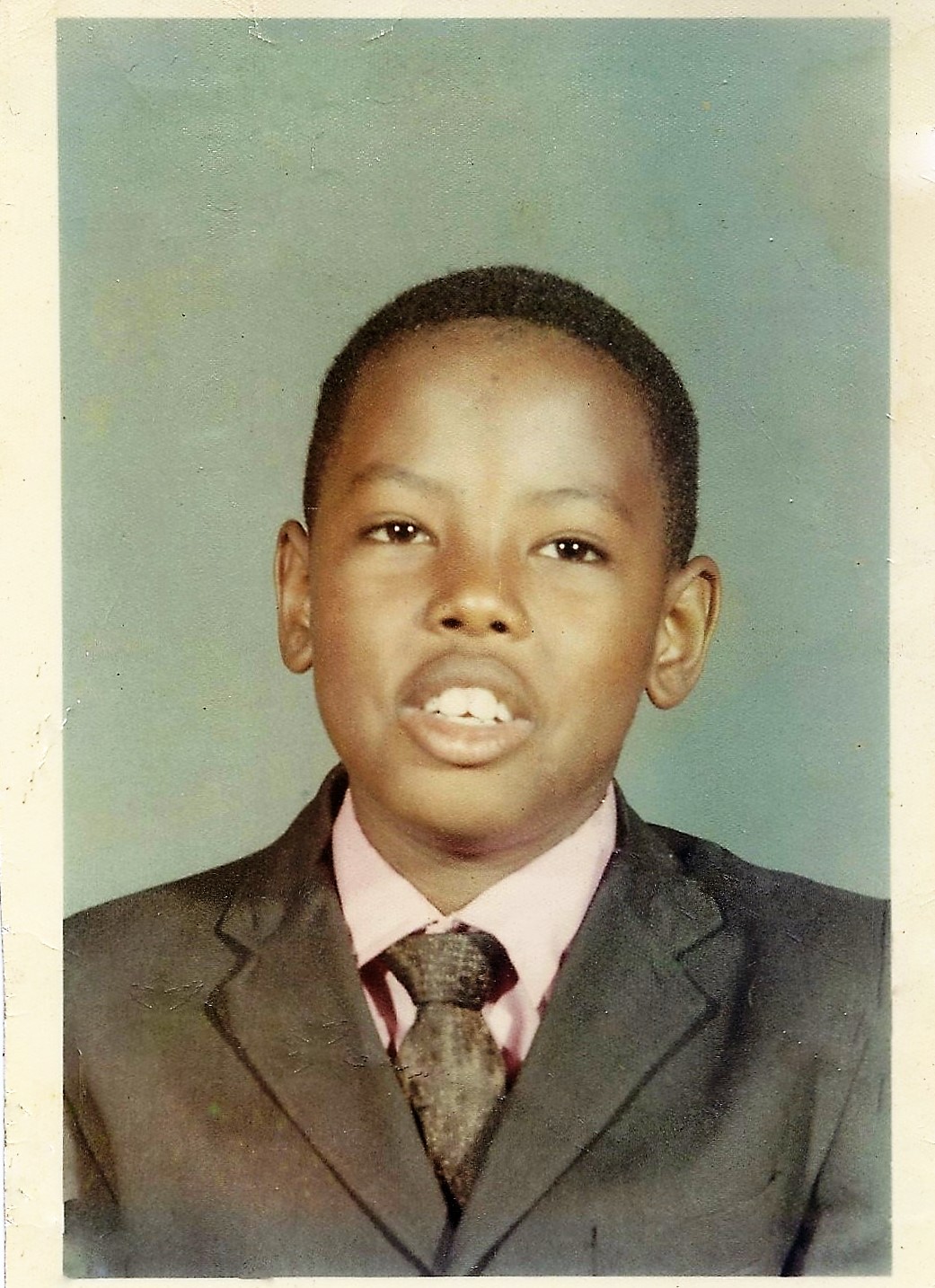 Paul grew up in the church, confessed a belief in Christ and was baptized at an early age at Mt. Nebo Baptist Church. He displayed his faith in God day-to-day through acts of kindness and conditional love for God’s people.
Paul grew up in the church, confessed a belief in Christ and was baptized at an early age at Mt. Nebo Baptist Church. He displayed his faith in God day-to-day through acts of kindness and conditional love for God’s people.
Paul attended Walker Avenue Elementary School, Lincoln Jr. High and later transferred to Bellevue Middle School.

Paul loved competitive team sports and was selected to play on the football and basketball teams at Bellevue. In 1975 he entered Central High School. There he played basketball, football, and baseball. He was known as a determined hard hitting linebacker and overall fierce competitor. He graduated in 1978, skipping his senior year. Later that same year, Paul entered Morehouse College in Atlanta.
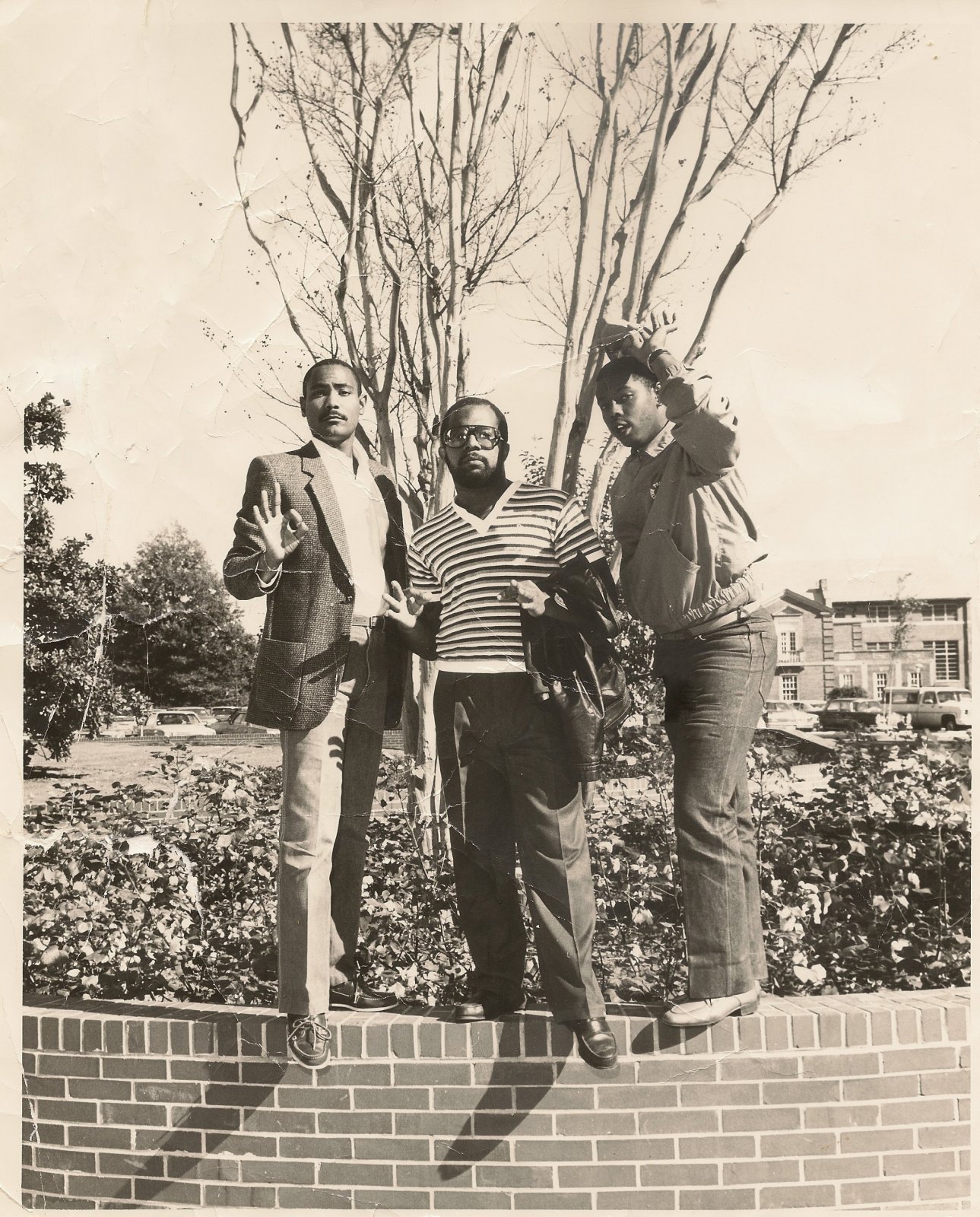 After his freshmen year, he saw the opportunity to begin work at United Parcel Service (UPS). After returning to Memphis in 1978, he attended Memphis Sate University while working part-time at UPS. He Graduated from Memphis State University in 1983 with two degrees, one in Criminal Justice and the other in Political Science.
After his freshmen year, he saw the opportunity to begin work at United Parcel Service (UPS). After returning to Memphis in 1978, he attended Memphis Sate University while working part-time at UPS. He Graduated from Memphis State University in 1983 with two degrees, one in Criminal Justice and the other in Political Science.
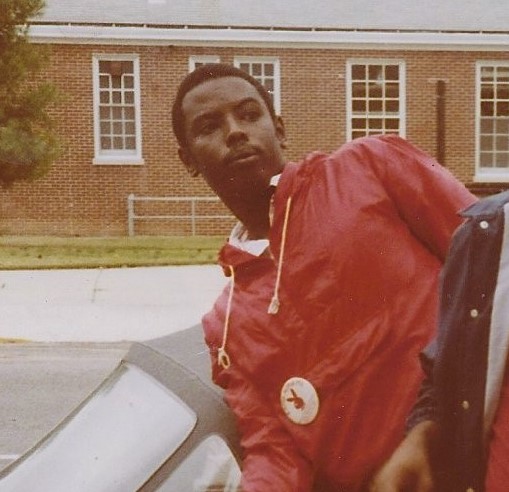
Paul enjoyed his college experience and lived life to the fullest. He pledged the Beta Mu Chapter members of Kappa Alpha Psi Fraternity, Inc. in the fall of 1978. He was designated as the Line “Headknocker”, a position he took seriously. His Fraternity Chapter brothers included Harvey Simmons, James Cowans, Robert Braden, Billy Gist Jr, Willie Martin, Lemuel Russell, and Johnson Saulsberry. His Line Brothers were Wyatt Chase, Joe Booker, Harvey Simmons, and Johnny Aldridge.
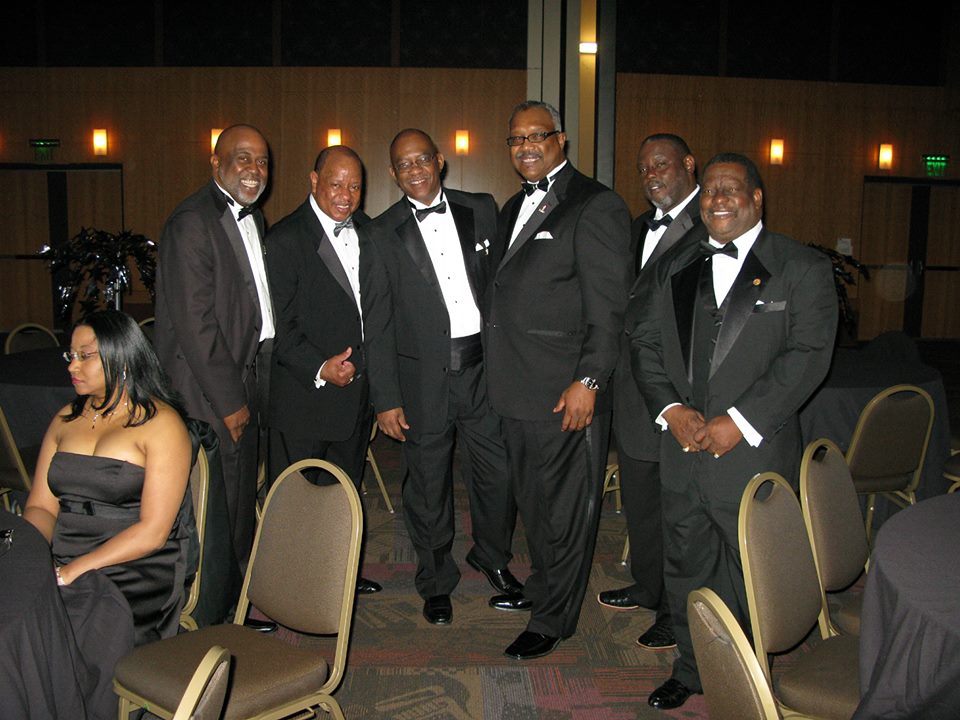
He held various positions within the undergrad chapter, including Polemarch and President of the chapter. Paul later joined the Germantown Alumni Chapter of Kappa Alpha Phi Fraternity. He was vocal member of the chapter and one who was sought for advice and counsel. He enjoyed the Chapter meetings and the fellowship afterwards. He especially enjoyed the Konklaves, where he was able to fellowship with Brothers from all over. Everyone fondly revered him as “Brother Tucker”.
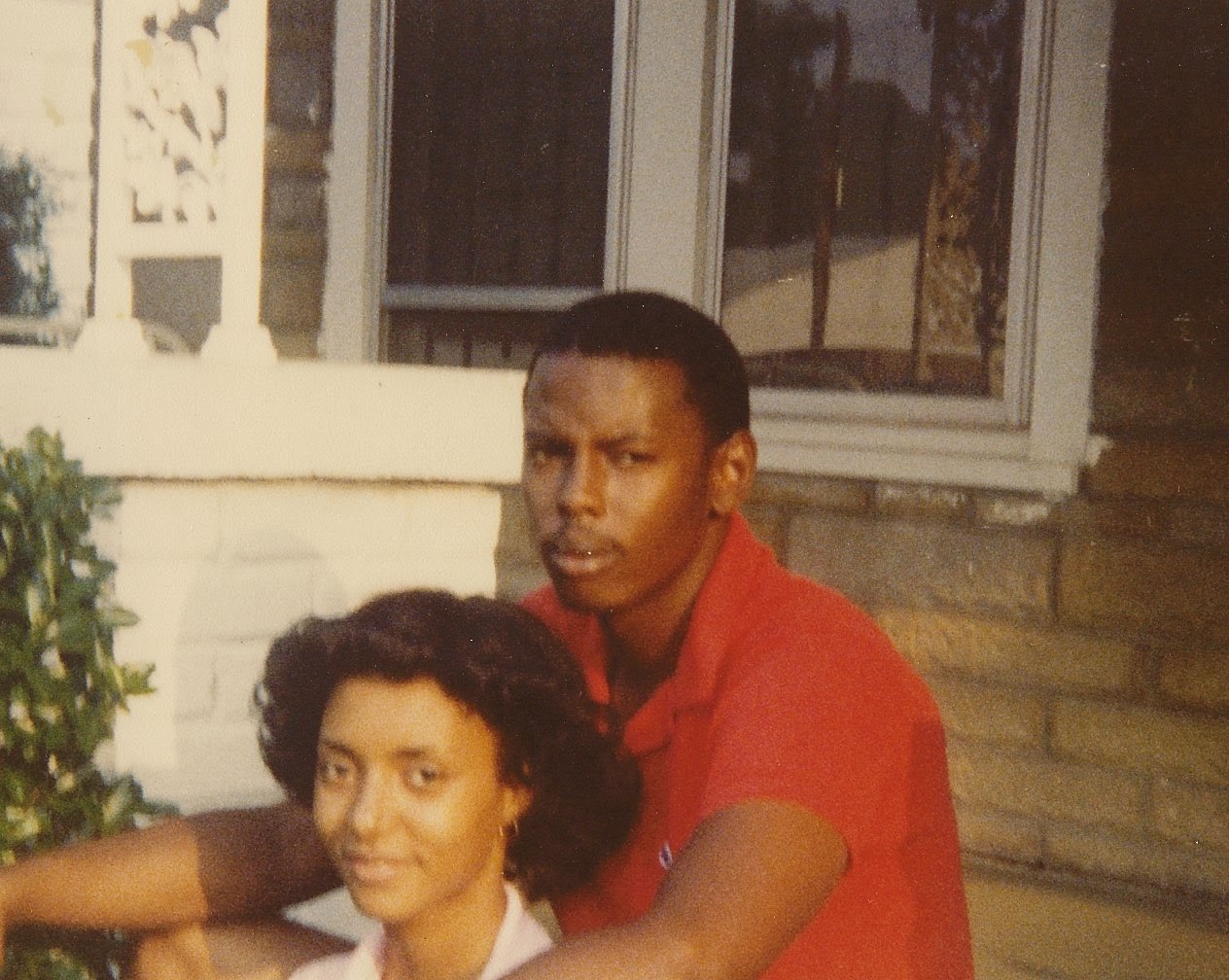
On July 15, 1981, Paul was united in Holy Matrimony to Lauren Upshaw.

God blessed the union with three beautiful daughters, Paula, Kirbi, and Lauren.
Paul was a devoted father who ensured that his girls had the best life possible. He lived for his family and was determined to keep his girls on the correct path. 
As a mentor, he stressed the importance of education, achieving high aspirations, and independence. He had a positive influence on his daughters and other young people in his family and community.
Paul’s career at United Parcel Service (UPS) spanned 37 years and he looking forward to retirement in 2018.
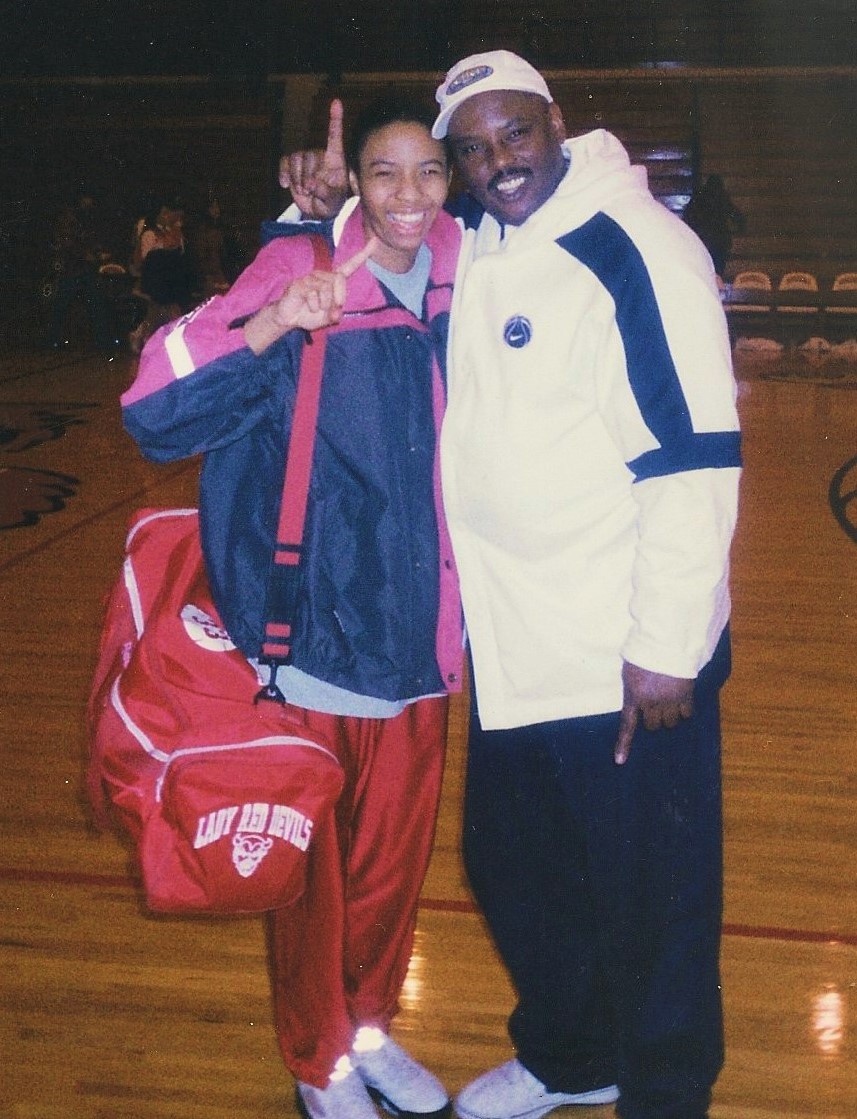
Paul loved family, travel and sports and coaching his daughter Paula for several years.
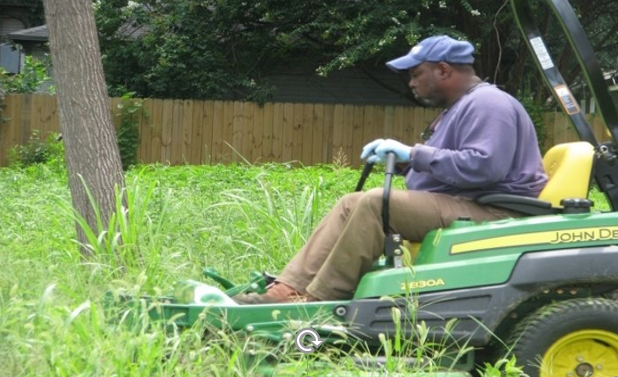
Paul was the consummate entrepreneur. He delivered the Wall Street Journal newspaper for many years; and, in the late 90’s launched Tucker Landscape Service. He was passionate about his family, business, and charitable organization such as The United Way.
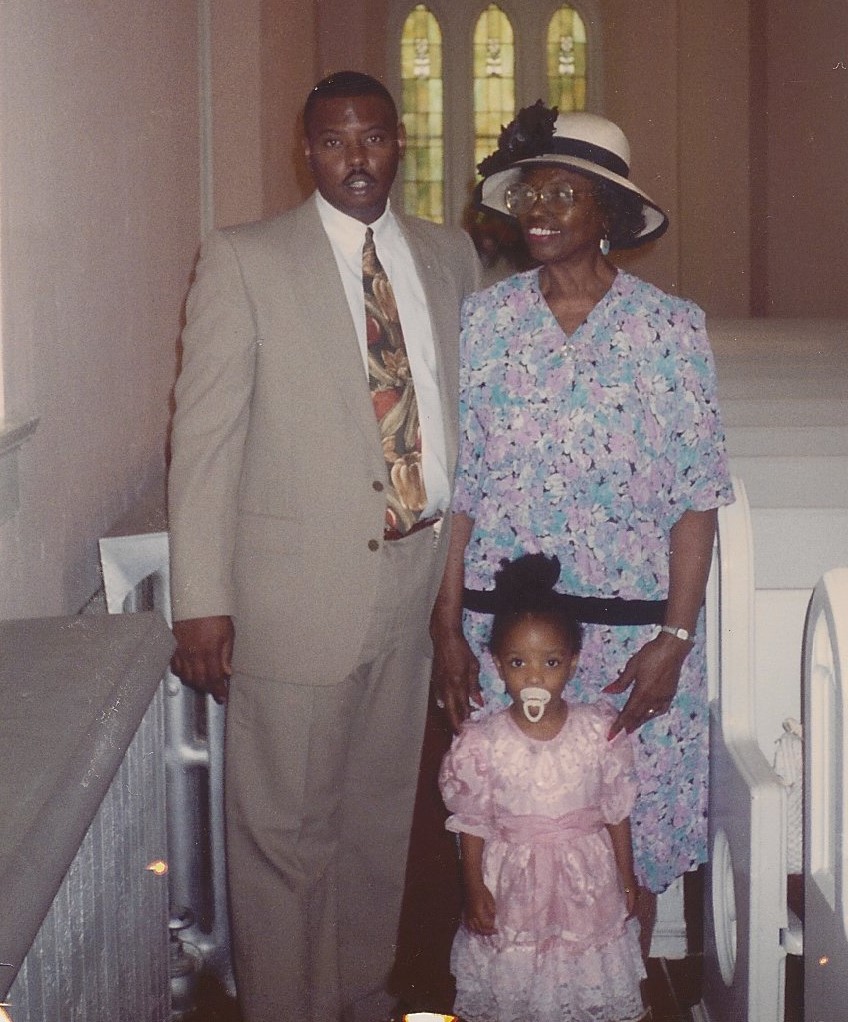
He respected and sincerely served in all his family roles as a amazing son, brother, husband, father, god-father nephew, uncle, cousin and friend.
Paul enter into eternal rest on Friday, December 18, 2015, age of 55 at Methodist Hospital – South. Preceding him in death was his father Earnest Tucker. Paul leaves to cherish his memory Mother: Hattie Mae Tucker one sister Georgia Faye Tucker Owens and one brother Jimmie (Cleora) as well as a host of other family members.

The memory of Paul Edward Tucker, The G.O.A.T., will forever be cherished by his loving family and friends.

Paula Tucker
- Father: Paul Edward Tucker
- Grand Mother: Hattie Mae Tucker
- Grand Father: Earnest Tucker
- Aunt: Faye Owens
- Uncle: Jimmie Tucker

![Photo of Lauren Tucker [Upshaw] Photo of Lauren Tucker [Upshaw]](http://www.pealefamilyreunion.com/wp-content/uploads/connections-images/lauren-tucker/lauren-tucker--closeup_original-aa0d11cc6bdd96a05302335b590365e8.jpg)


![Photo of Bettie Adean Taylor [Jefferson] Photo of Bettie Adean Taylor [Jefferson]](http://www.pealefamilyreunion.com/wp-content/uploads/connections-images/bettie-taylor/bettie_taylor_original-5f0e3900e8bd96198d675fc1bb3a4520.jpg)


